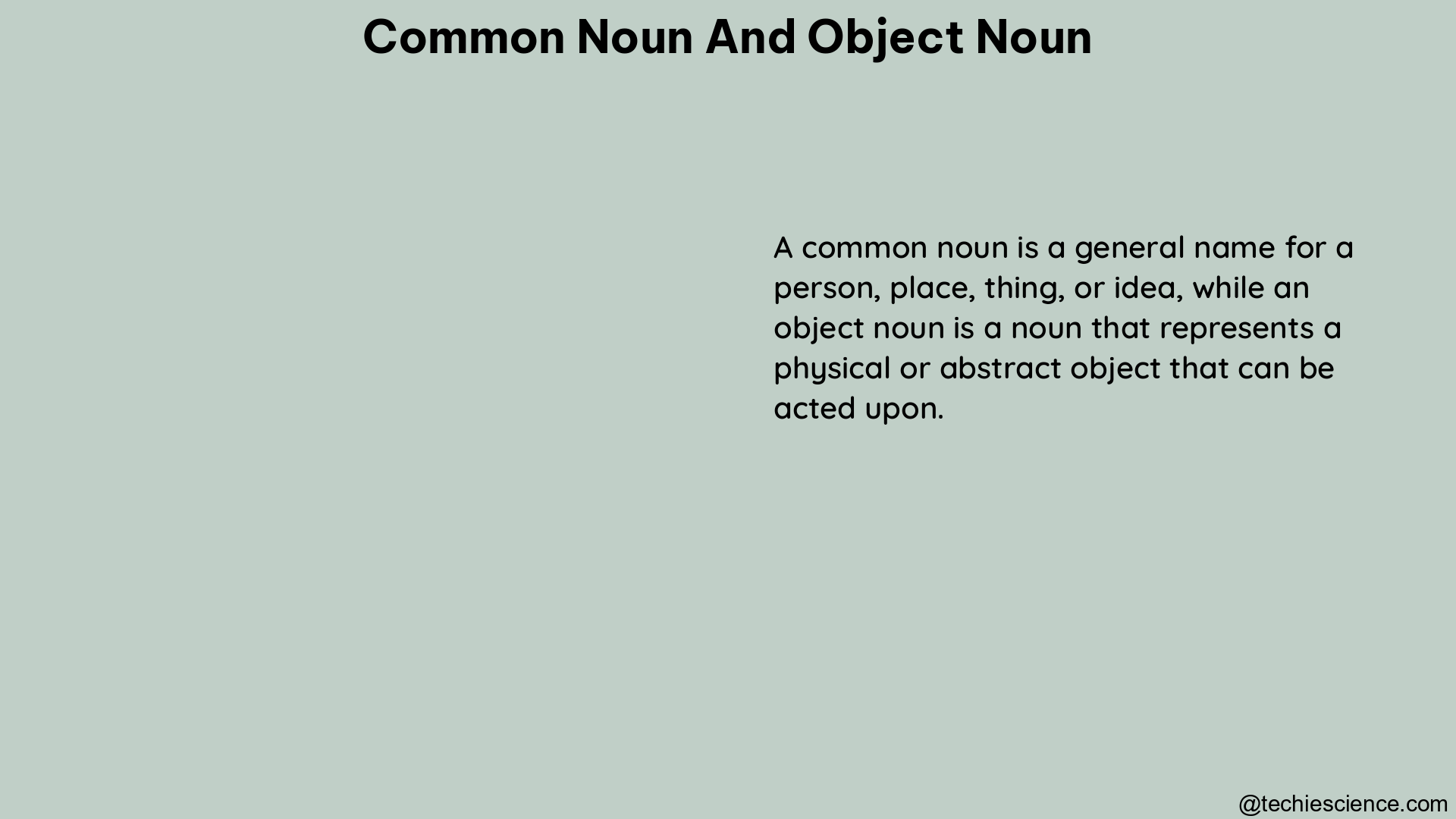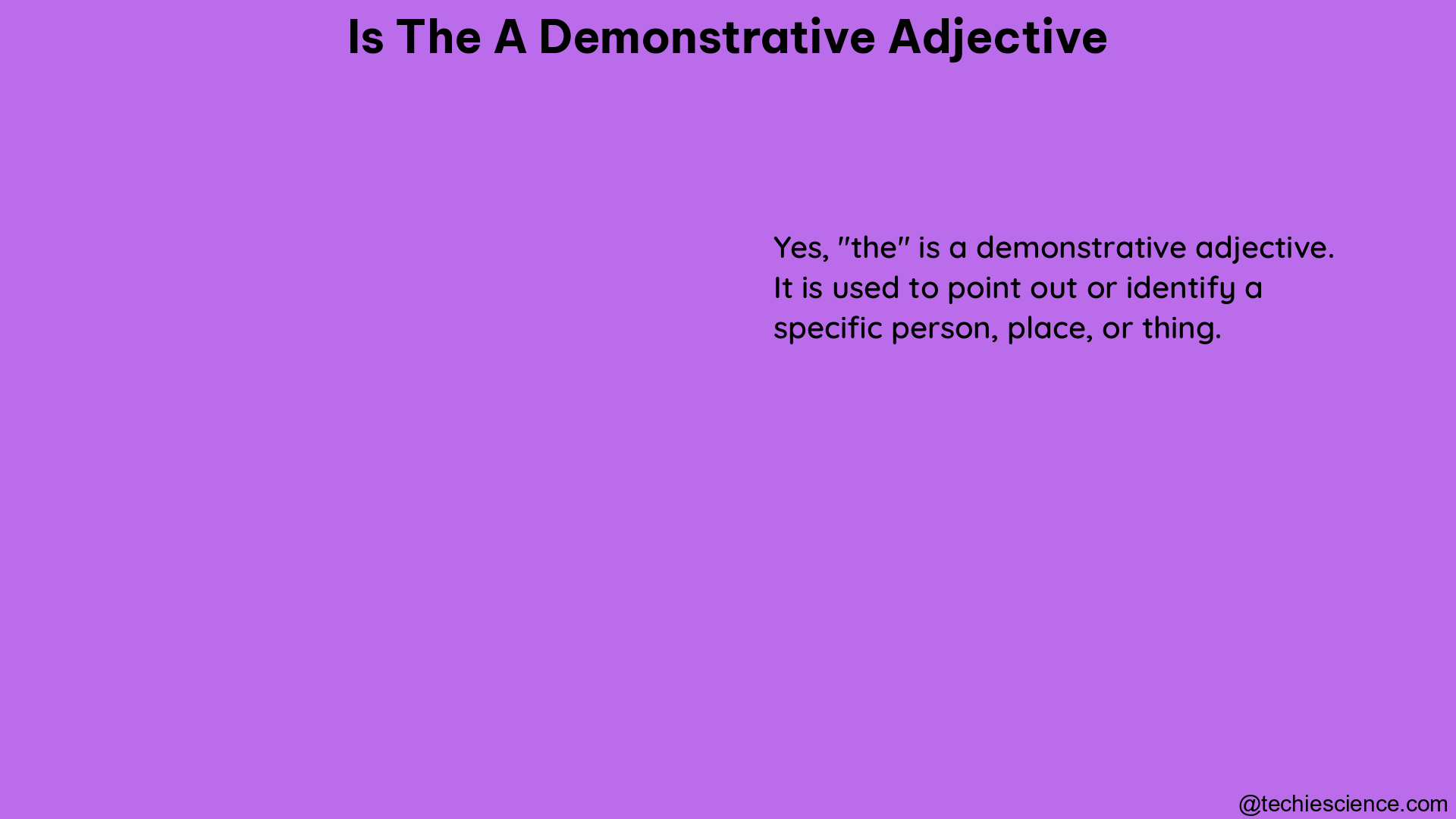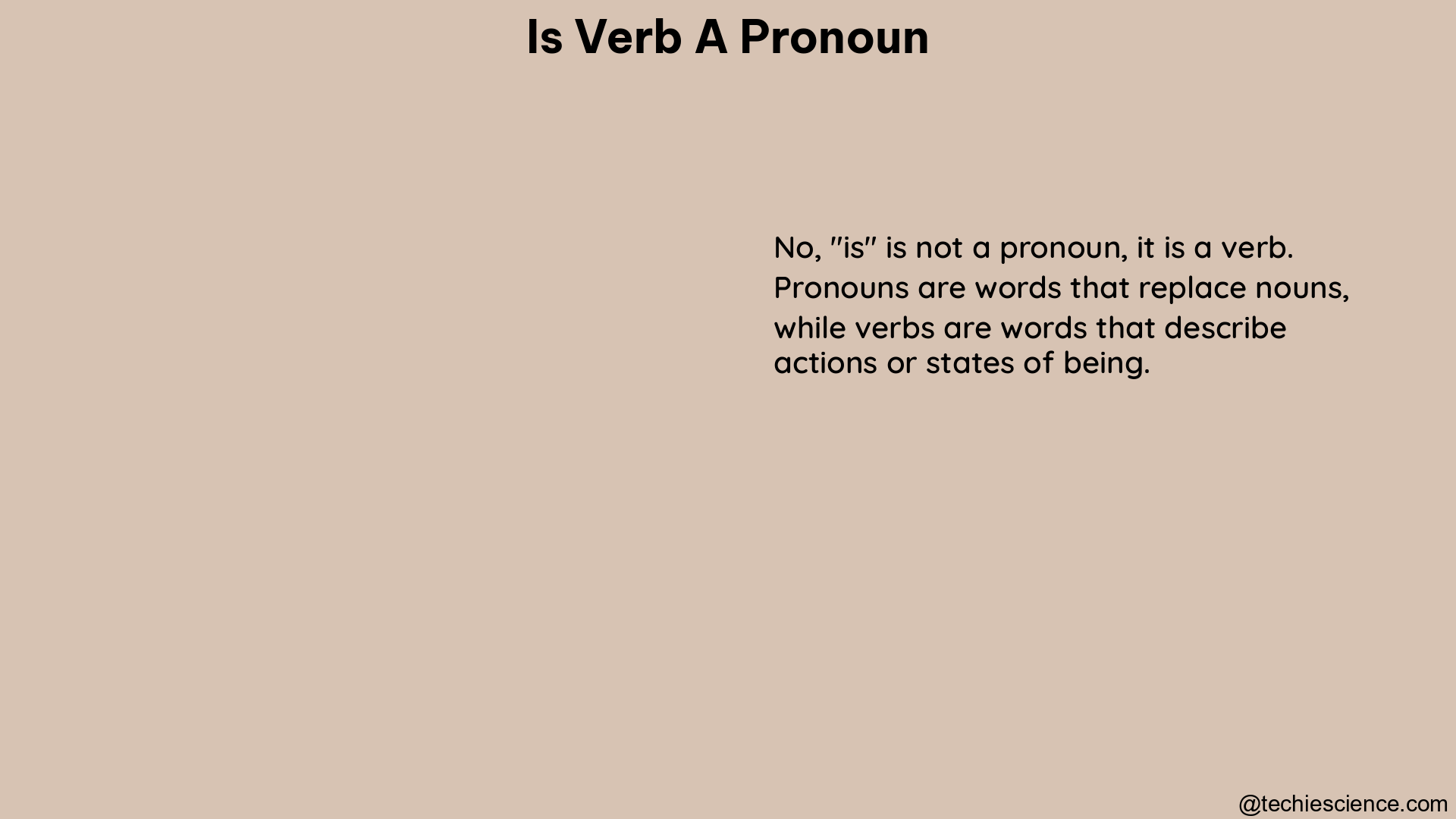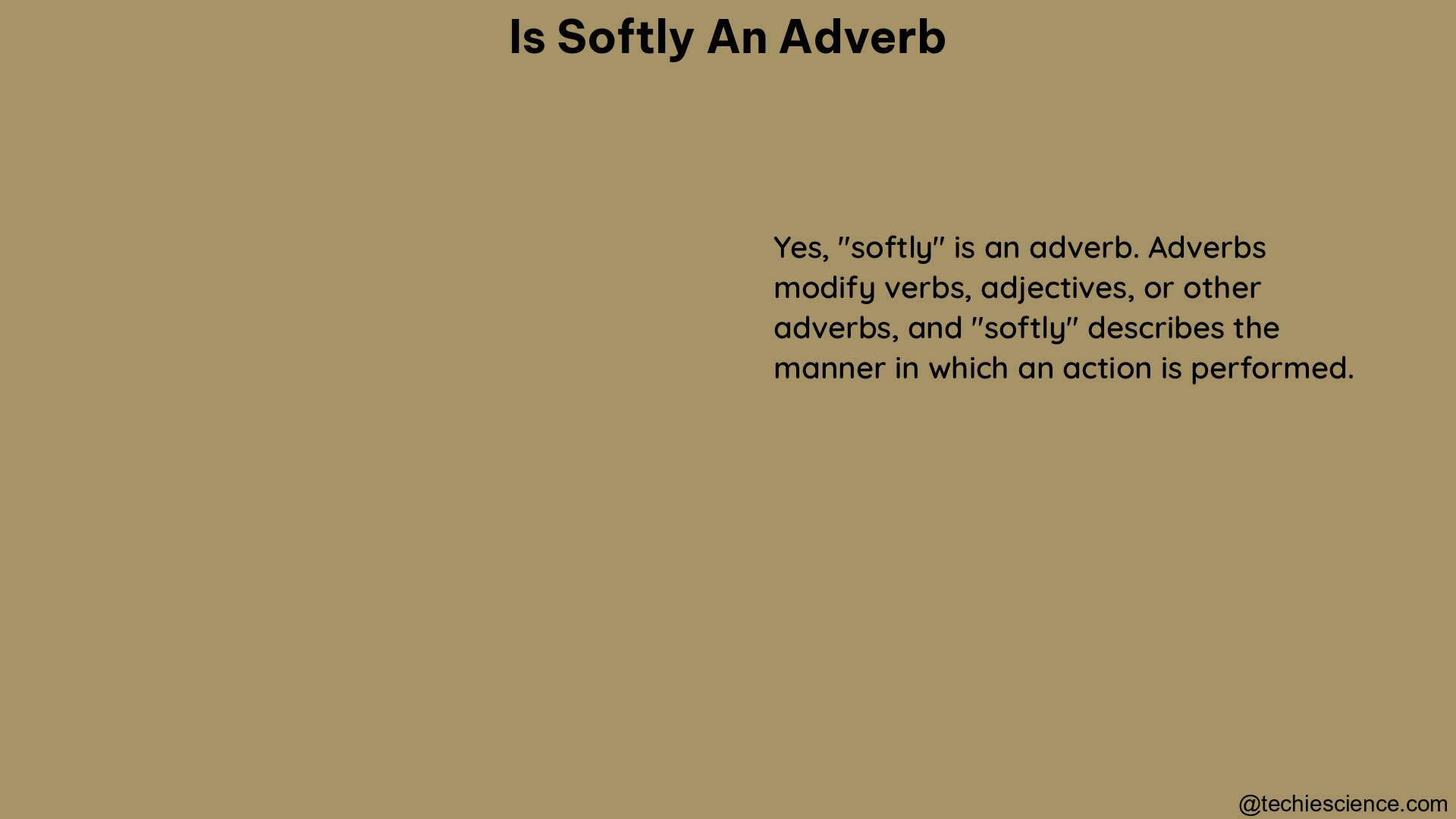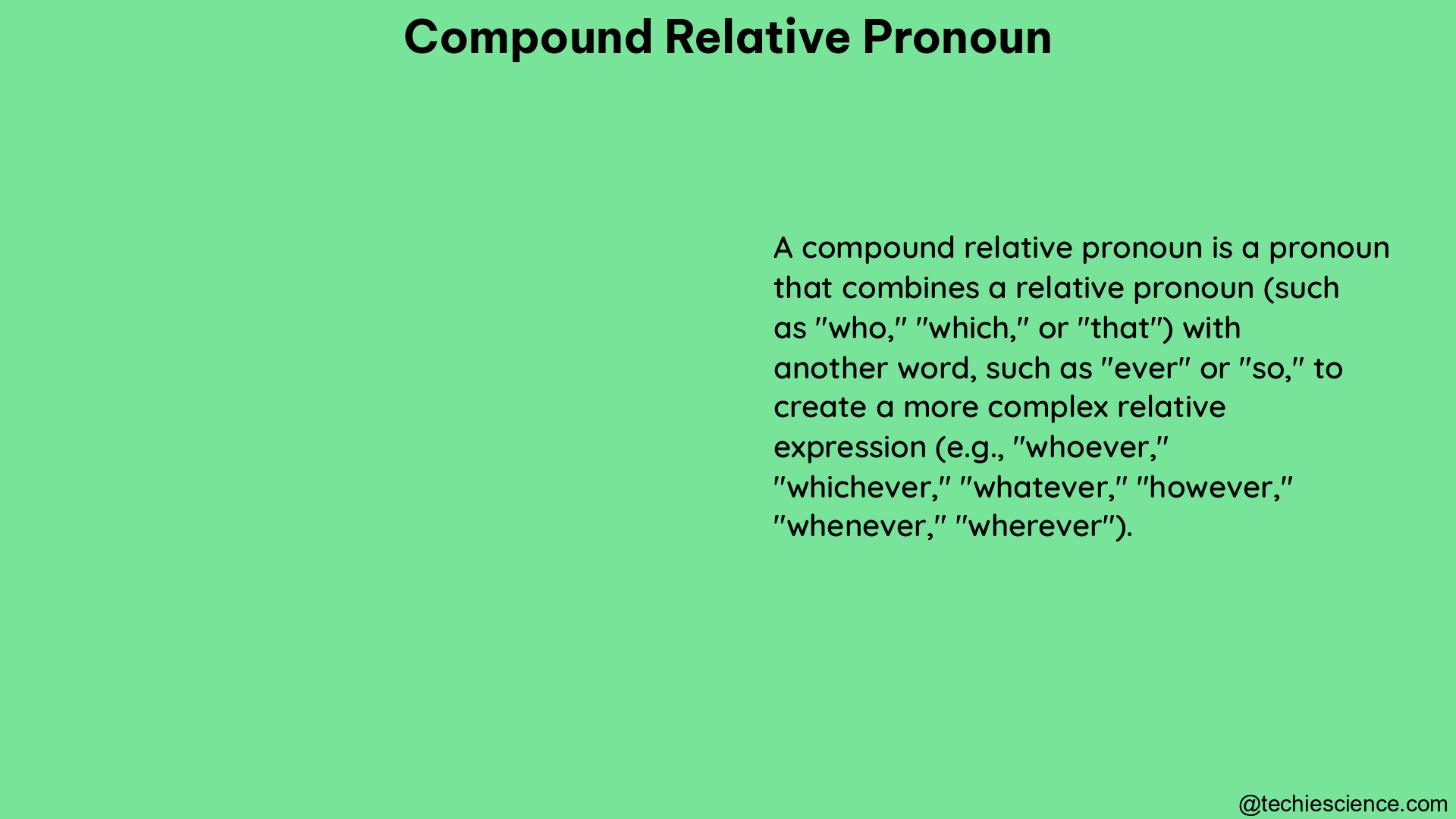Relative pronouns are an essential component of the English language, playing a crucial role in connecting dependent clauses to independent clauses. While a relative pronoun is not a clause in itself, it is the key element that introduces a relative clause, a type of dependent clause that provides additional information about a noun or pronoun in the main clause. Understanding the nuances of relative pronouns and their relationship to clauses is crucial for mastering English grammar and composition.
Definition of Relative Pronouns
Relative pronouns are words that serve as the link between a dependent clause and the main clause. They function as conjunctions, seamlessly joining the relative clause to the independent clause. The primary role of a relative pronoun is to introduce the relative clause and indicate the relationship between the two clauses.
Some of the most common relative pronouns include:
- Who: Refers to people (subjective and objective forms)
- Whom: Refers to people (objective form)
- Which: Refers to animals and things
- That: Refers to people, animals, or things (often used in restrictive clauses)
- Whose: Refers to possession (people or things)
These relative pronouns are essential in creating complex and cohesive sentences, allowing writers to provide additional details and context to their main ideas.
Types of Relative Clauses
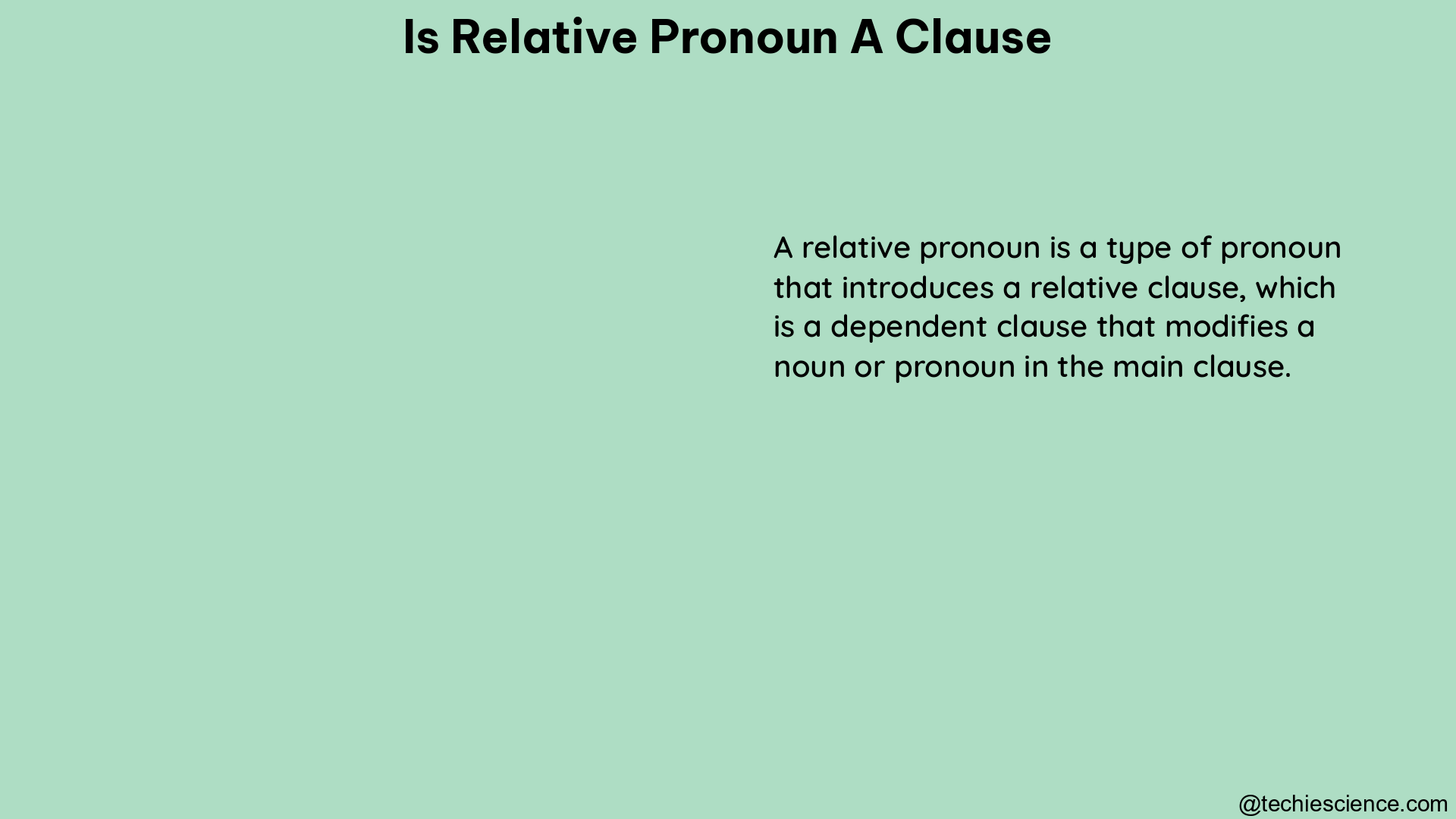
Relative clauses can be classified into two main categories: restrictive (essential) clauses and non-restrictive (non-essential) clauses.
Restrictive (Essential) Clauses
Restrictive clauses provide essential information about the noun they modify, and they are not set apart by commas. These clauses are necessary to identify the specific noun or pronoun being referenced. Without the restrictive clause, the meaning of the sentence would be incomplete or unclear.
Example:
The book that is on the table is mine.
In this example, the restrictive clause “that is on the table” is essential to identify the specific book being referenced.
Non-Restrictive (Non-Essential) Clauses
Non-restrictive clauses, on the other hand, provide additional, non-essential information about the noun they modify. These clauses are set apart by commas and can be removed from the sentence without affecting the core meaning.
Example:
The book, which is on the table, is mine.
In this example, the non-restrictive clause “which is on the table” provides additional information about the book, but it is not necessary to identify the specific book being referenced.
Omitting Relative Pronouns
In certain cases, relative pronouns can be omitted from a sentence, particularly when they are the object of an essential relative clause. However, relative pronouns cannot be omitted if they are the subject of the clause.
Example:
The king gave up his throne for the women he loved.
In this example, the relative pronoun “he” is the subject of the relative clause and cannot be omitted.
Example:
The book I bought is on the table.
In this example, the relative pronoun “I” is the subject of the relative clause and cannot be omitted.
Grammar Conundrums
When using relative pronouns, there are a few common grammar conundrums that writers should be aware of:
“That” vs. “Which”
The choice between using “that” or “which” in a relative clause can be tricky. As a general rule, use “that” for restrictive clauses and “which” for non-restrictive clauses.
Example:
The book that is on the table is mine. (Restrictive clause)
The book, which is on the table, is mine. (Non-restrictive clause)
“Who” vs. “That”
When referring to people, “who” is generally preferred, while “that” can be used for groups or classes of people.
Example:
The student who excelled in the class received a scholarship.
The team that won the championship was celebrated by the community.
Understanding these nuances and applying them correctly can help writers create more precise and effective sentences.
Conclusion
In summary, while a relative pronoun is not a clause in itself, it is the essential element that introduces a relative clause, a type of dependent clause that provides additional information about a noun or pronoun in the main clause. Mastering the use of relative pronouns and their relationship to clauses is a crucial aspect of English grammar and composition, as it allows writers to create more complex and cohesive sentences.
References:
- https://www.unr.edu/writing-speaking-center/writing-speaking-resources/relative-clauses-pronouns-adverbs
- https://www.grammarly.com/blog/relative-pronouns/
- https://writingcenter.unc.edu/tips-and-tools/relative-clauses/
- https://www.butte.edu/departments/cas/tipsheets/grammar/relative_pronouns.html
- https://owl.purdue.edu/owl/general_writing/grammar/relative_pronouns/index.html
